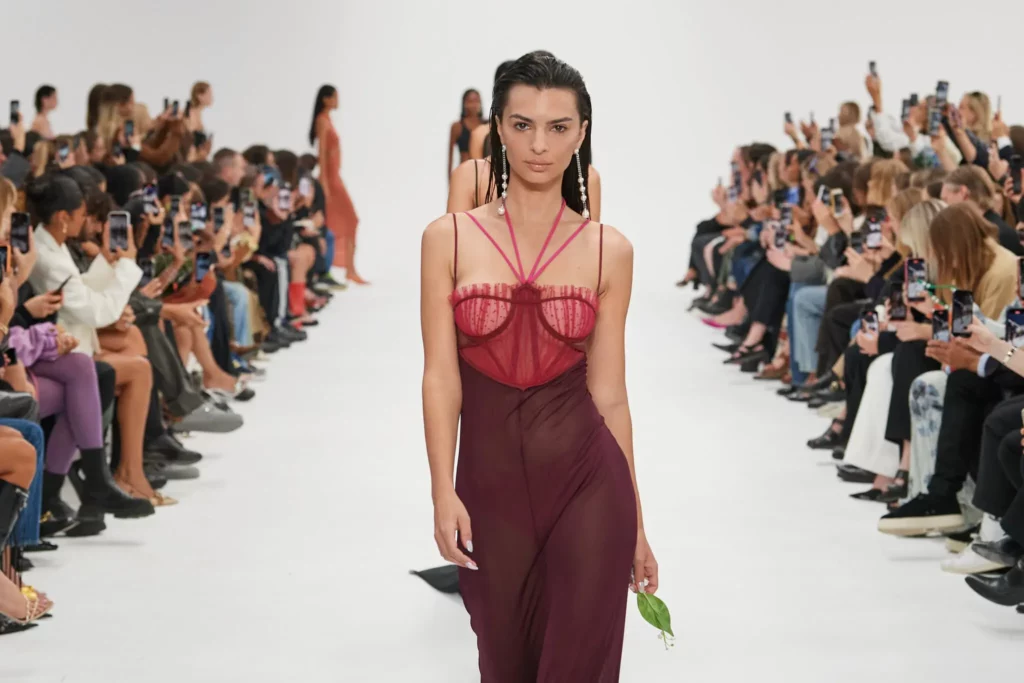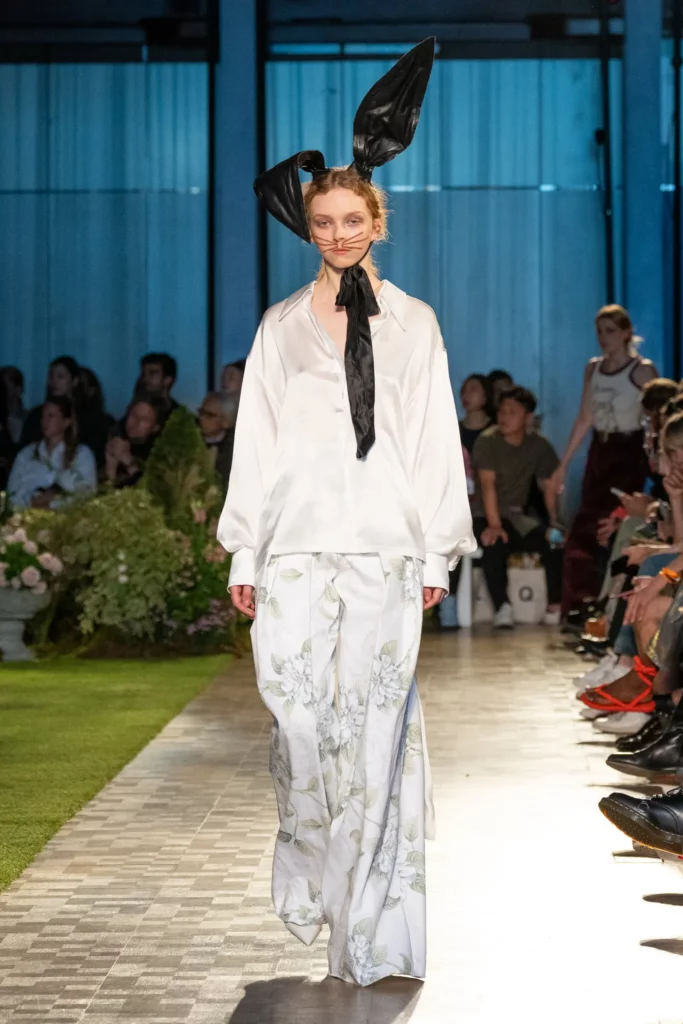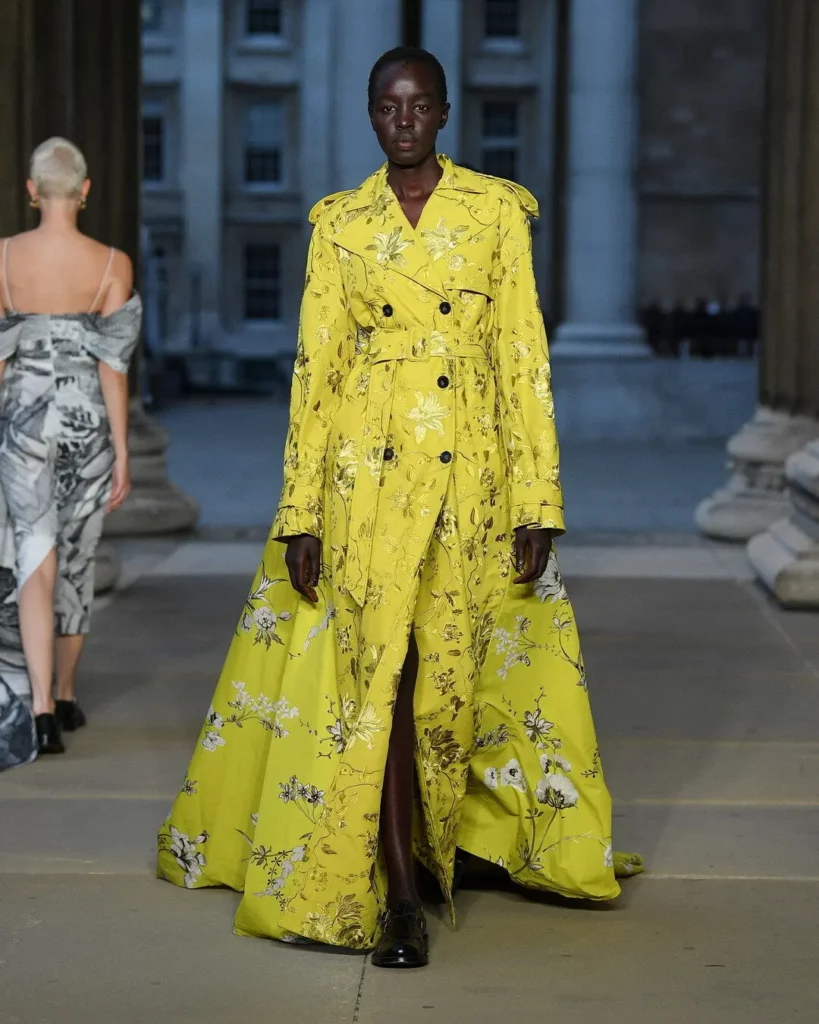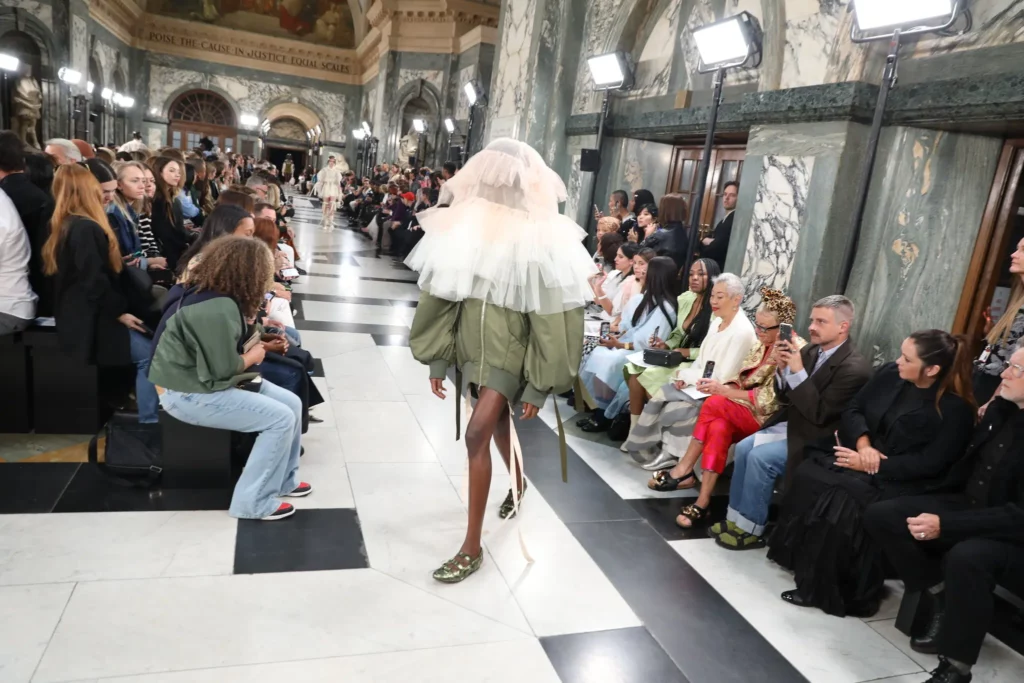First of all, congratulations on the new job. The question of how you dress for it, however, is a lot more complicated than just “to suit or not to suit?” It’s really about communication and what values you are trying to model.
Fashion, after all, has long functioned as a sign of both aspiration and achievement; a covert signal of wealth, access, taste, smarts and membership in a club. So as people climbed the corporate ladder, they used their clothes to reflect each rung.
That’s what gave the world the adage “dress for the job you want.” Also the man in the gray flannel suit.
Between the casualization of the workplace, however, and changing attitudes toward the balance of power between the individual and the employer, such dress codes are increasingly downplayed. Not gone entirely, but more … well, coded.
So while you don’t necessarily need to dress fancier for your new job, you need to dress with more consideration. With more responsibility comes more attention. More people will be “reading” not just your emails and memos, but also your expressions and, yup, even your shirts.
Authenticity is an important quality these days, so doing a complete about-face in your dress to go with your new title is probably not a good idea. Instead, consider the details.
Generally, as a boss, you want to show authority, organization, decisiveness, attention to detail and dependability. That doesn’t mean you need a tie or the pussy bow equivalent, but it does mean clothes that are rumpled, ill-fitting, stained or otherwise fraying are not good. At the very least, you may want to enlist a tailor to ensure a perfect fit. (A tailor can also make an inexpensive suit look like a much pricier garment.) Well-made garments also demonstrate that you can identify and recognize quality, which is more important than quantity. Make sure your shoes are in good shape.
Consistency and personal signatures are also values worth embracing. There is a reason President Barack Obama said he always wore dark gray or blue suits, and Steve Jobs wore the same Issey Miyake turtleneck every day. And if you invest in a few good pieces and wear them like a uniform, you can amortize the expense over time.
Then design your choices to fit the job description.
If you are dealing with tight budgets or different fund allocations, sticking with your two-for-$30 polos may work as a show of solidarity; a sign that whatever belt-tightening you are demanding from your staff is belt-tightening you are willing to do yourself.
If your job is about creativity, demonstrating creativity with dress makes sense. And if you are in E.S.G., pay attention to the supply chain and manufacturing of your clothes.
Dress not so much to impress as to suggest.

After rallying cries from many designers, including Harris Reed, the shows did go on.
“It has been a challenging two years,” the designer, who uses they/them pronouns, said before their first runway show, a typically theatrical gender-fluid twirl of vast crinolines and cartwheel headpieces inspired by debutante balls. “Speaking with my fellow young designers, most of whom have put their entire brand budgets into shows to bring in sales and brand awareness, it is so important, now more than ever, to support the small brands in London.”
The season’s parties may have all been canceled, as a gesture of respect. But Harris Reed was the first of several jubilant and determined turns from London’s latest crop of young up-and-coming labels.
The edgy Y2K hyper-vixens on the runway from KNWLS, whose mesh prints, pleated miniskirts and uber-low rise flares have spawned a host of fast fashion imitators. A punchy debut from Chopova Lowena, whose dramatic pleated skirts with punky carabiner clips are now sported by the coolest of industry insiders. And a special mention to the Brazilian designer Karoline Vitto who showed with the talent incubator Fashion East. Ms. Vitto’s barely-there creations centered on molded metal frames that highlighted fleshy folds and creases; her use of exclusively curvy models drove home her mission to celebrate aspects of a woman’s body so often hidden from sight.

Speaking of flesh flashing, Nensi Dojaka’s signature sheer splicing and intricate cutout creations provided another reminder of why she won the 2021 LVMH Prize for young designers. And this year’s winner, Steven Stokey Daley, enchanted the audience at his S.S. Daley show with an elegantly tailored fable inspired by the love affair between the early 20th-century writers Violet Trefusis and Vita Sackville-West, with hints of the latter’s famous English country garden at Sissinghurst Castle in Kent. “Rabbit” was a code word for their romance. Floppy bunny ears and whiskers popped up among chic knitted sleeveless vests, wide-legged trousers and botanical prints.
London has long had a reputation for young fashion talent, but the designer old guard also was on hand with more reminders of why the capital’s fashion reputation also rests on the rich depth of its storytelling.

Michael Halpern, with draped leopard print velour and cascading sequins at his Halpern show, offered a tribute to the personal style of his mother, Cheryl. In her show notes, Molly Goddard wrote that she wanted to capture the joyful mood of “people out to have fun,” her hallmark color-popping cascading ruffles tempered into wearable T-shirt dresses and puffball skirts. And inspired by the conversations about women’s bodily autonomy that have followed the U.S. Supreme Court decision to eliminate the constitutional right to abortion, Christopher Kane delved into the female anatomy, from rib-like slivers of clear PVC strips that held together cutaway skirts and bralets to the more literal medical illustrations of muscles and veins that embellished silk column gowns.
It was Erdem, whose collection explored the preservation of the past, specifically by those in art conservation, who came closest to matching the mood of the nation. The sweeping double-breasted trench ball gowns, shredded silk coats and full-skirted dresses with intricate floral embroidery — some shrouded in dust sheet-esque white veils — felt elegiac, especially shown amid the colonnades of the British Museum, just as the sun was beginning to set.

Yet what can one do, but keep moving forward? With her first foray into men’s wear, Simone Rocha embodied that spirit in the frescoed halls of the Old Bailey, the central criminal court of England and Wales. Oversize bubble bombers, layers of sequined tulle and delicate petticoats and corsetry grounded with parachute straps — for both sexes — clearly reflected Ms. Rocha’s flair for the romantic and the practical while also breaking new ground.
And at JW Anderson, the designer’s focus was firmly on the now. More specifically, as the designer said after the show, the parallel transient realities we access when we “fall into our screens and become our phones.” Guests fought their way through the heaving streets of Soho on Saturday night to reach a cavernous gambling arcade where, against the neon glow of slot machines, Mr. Anderson offered up garments that evoked a wacky universe entered through the portal of digital devices.
There were rompers and halterneck mini dresses emblazoned with screen saver stock prints of dolphins, palm trees and goldfish (at one point the model Emily Ratajkowski came gliding past in a black tee with synthetic rubber fins jutting from her back); shift dresses studded with plastic computer keys; oversize sweaters that hung upside down on metal hangers across shoulders; and orb-like dresses of pixelated glitter or mirrors reflecting the world around us.



















Comments